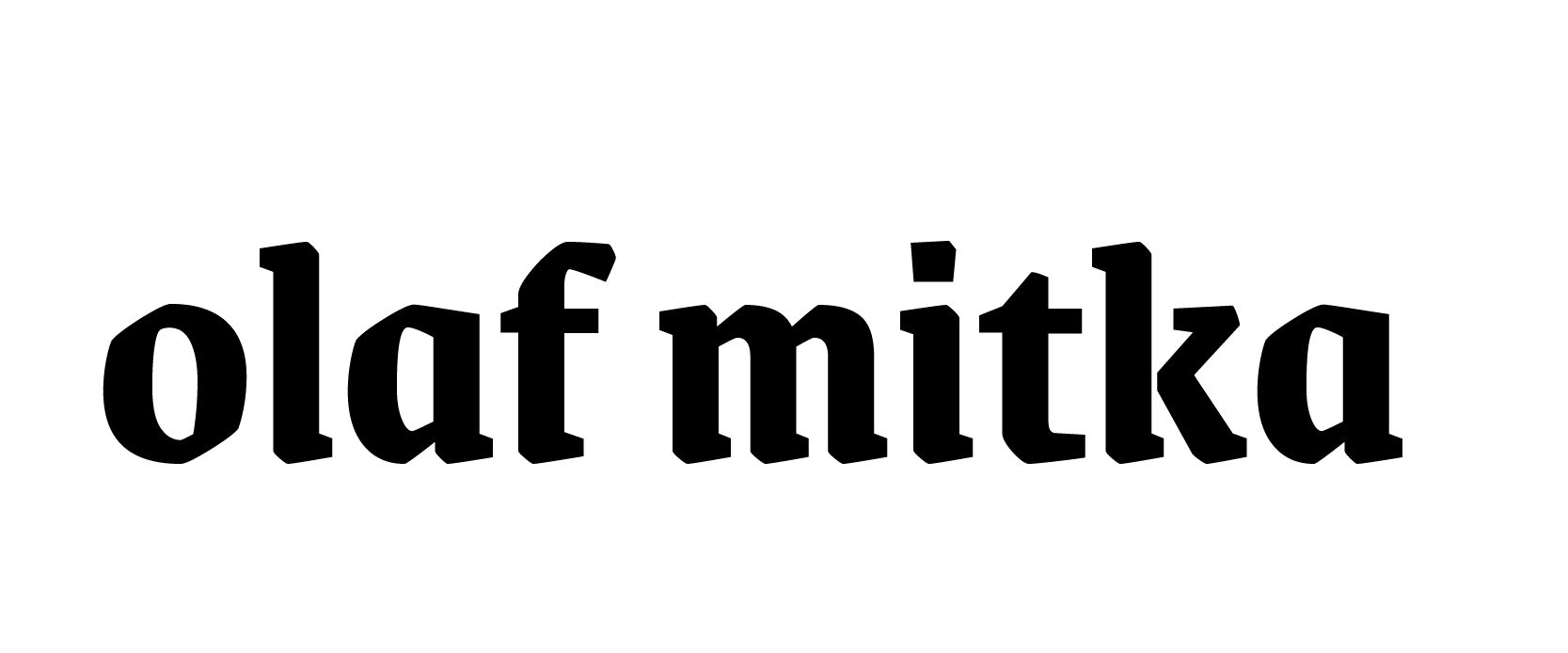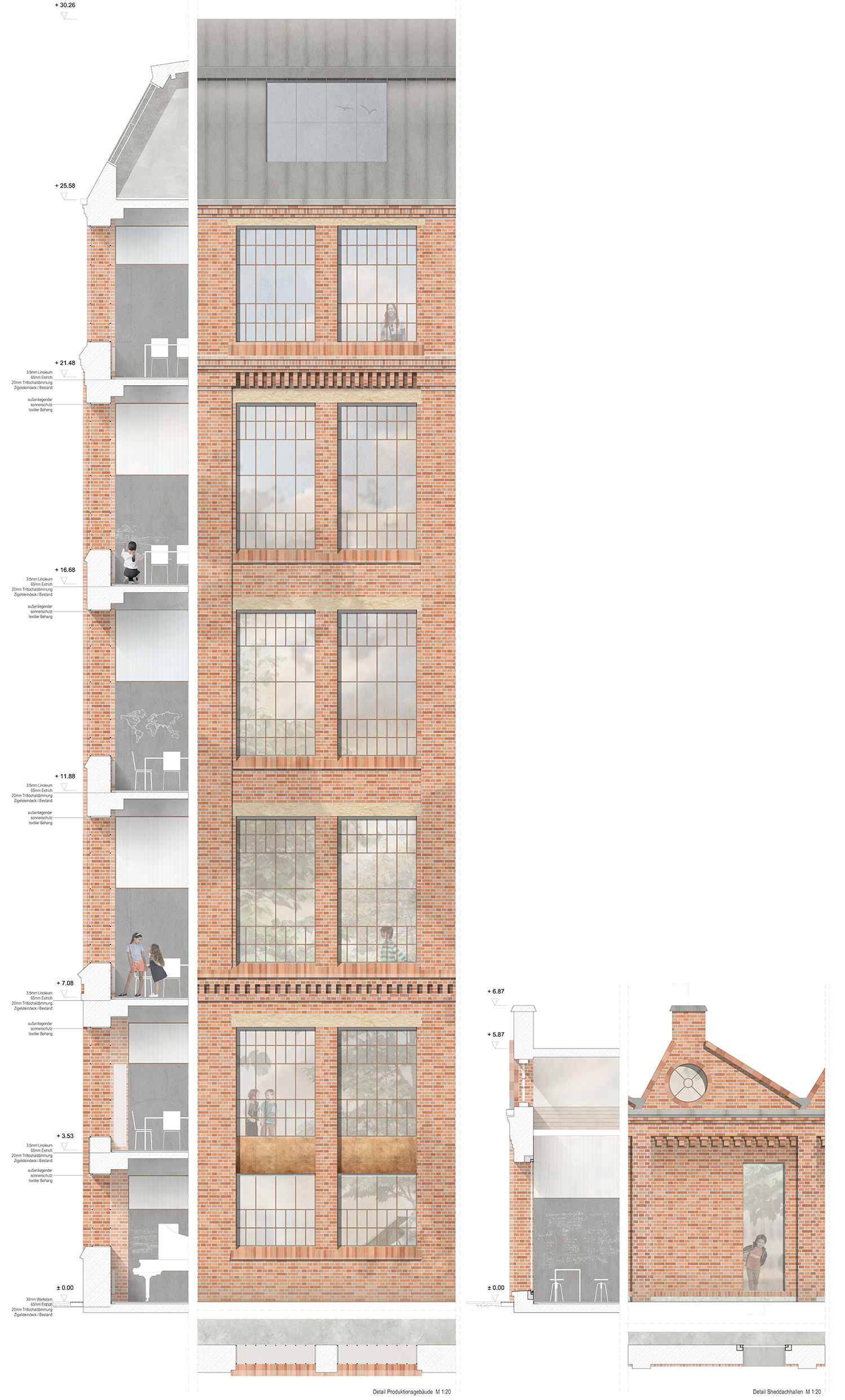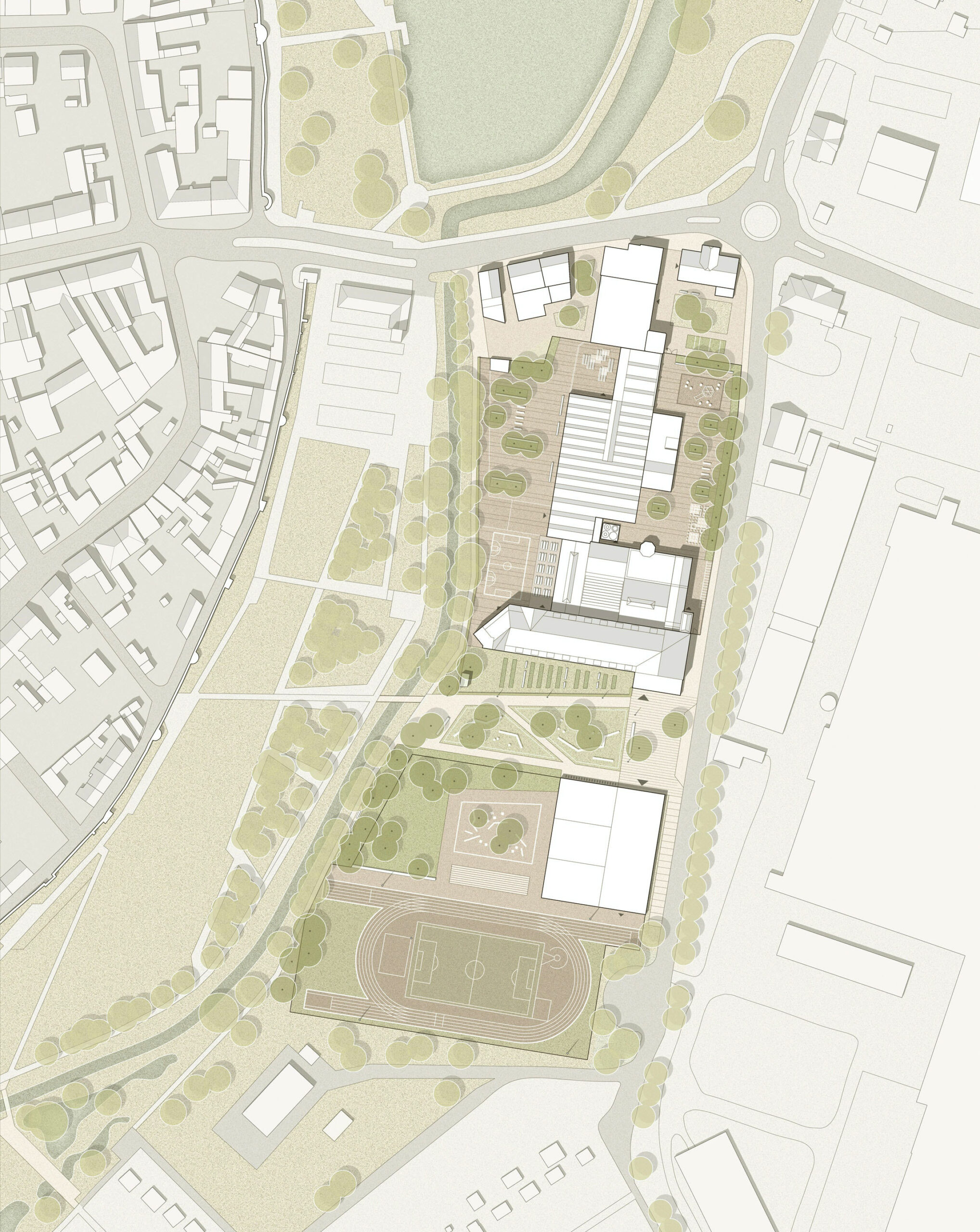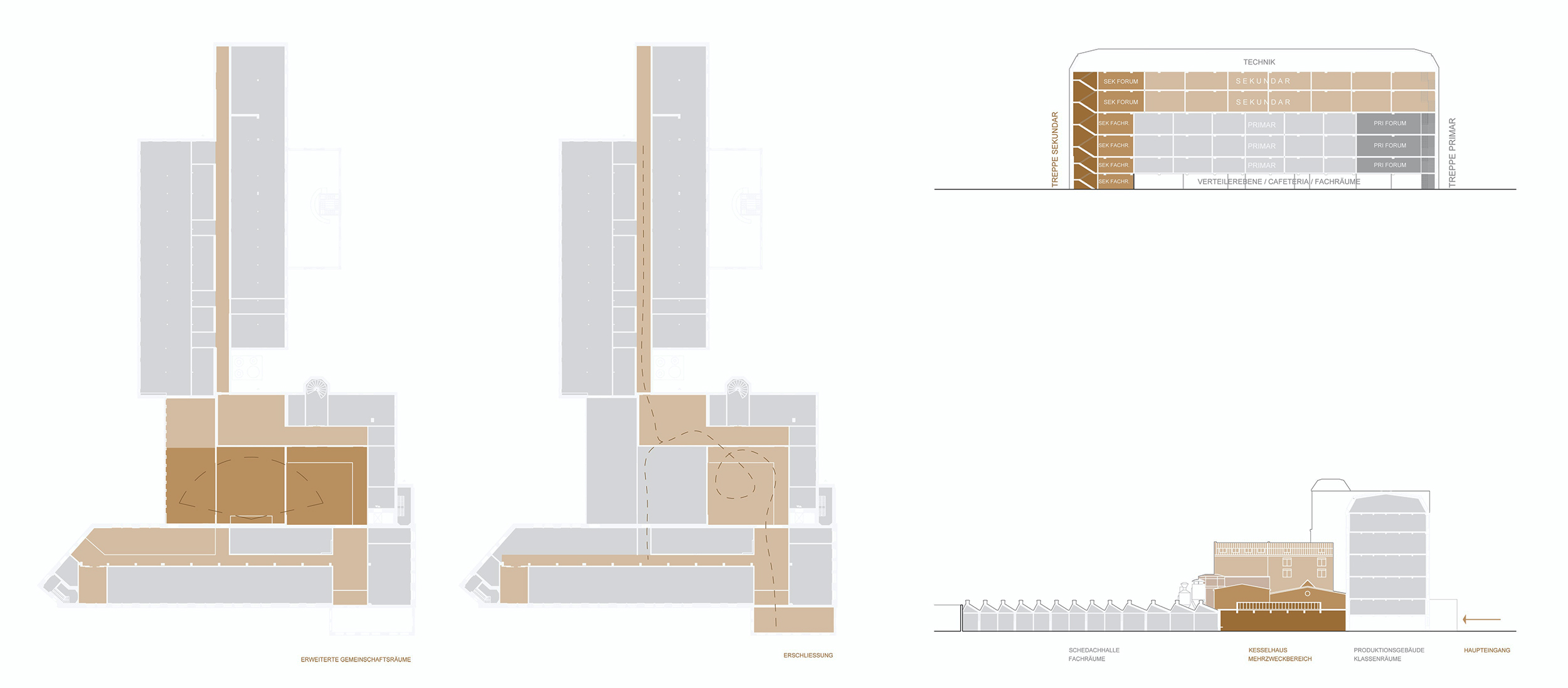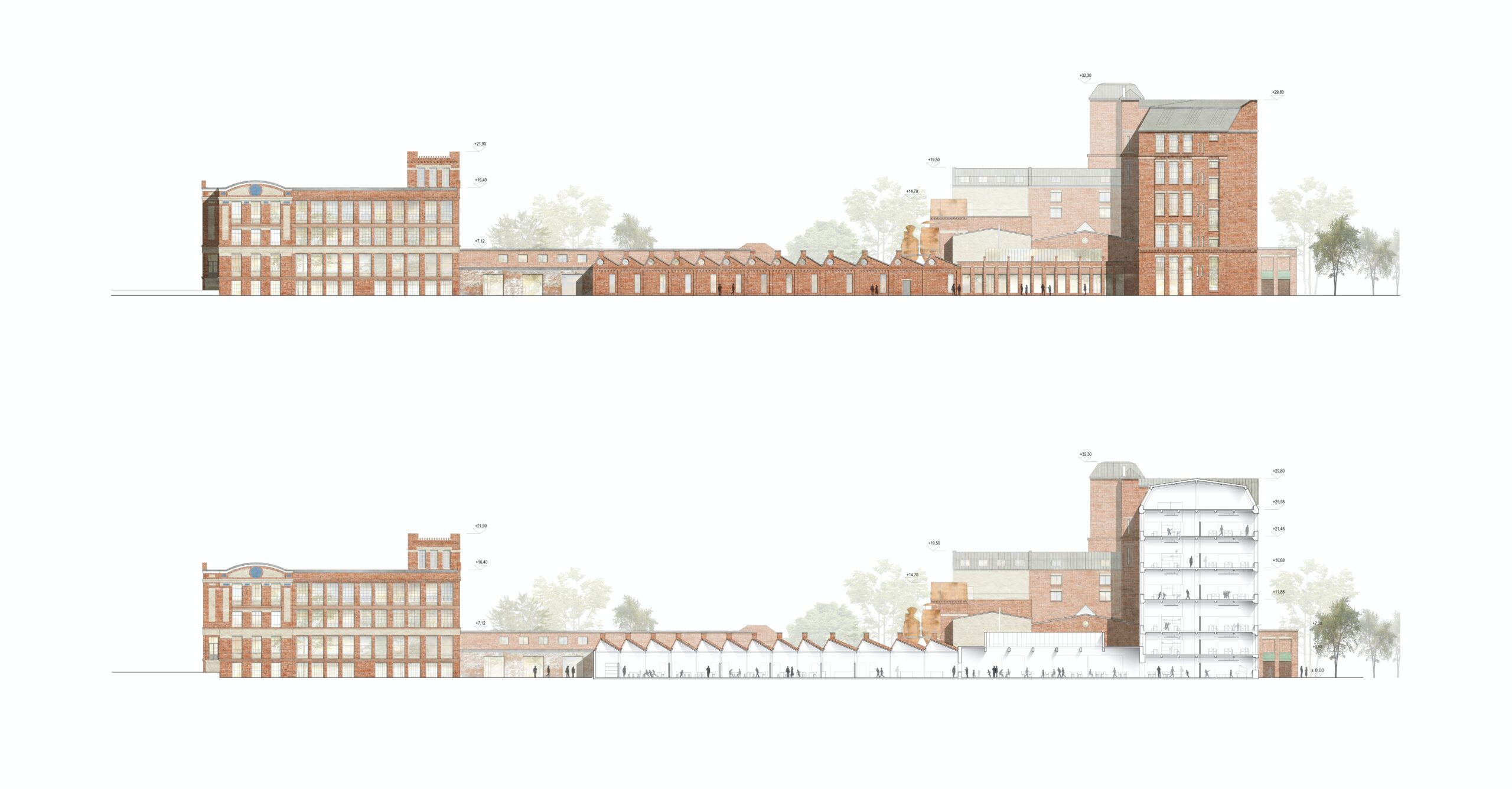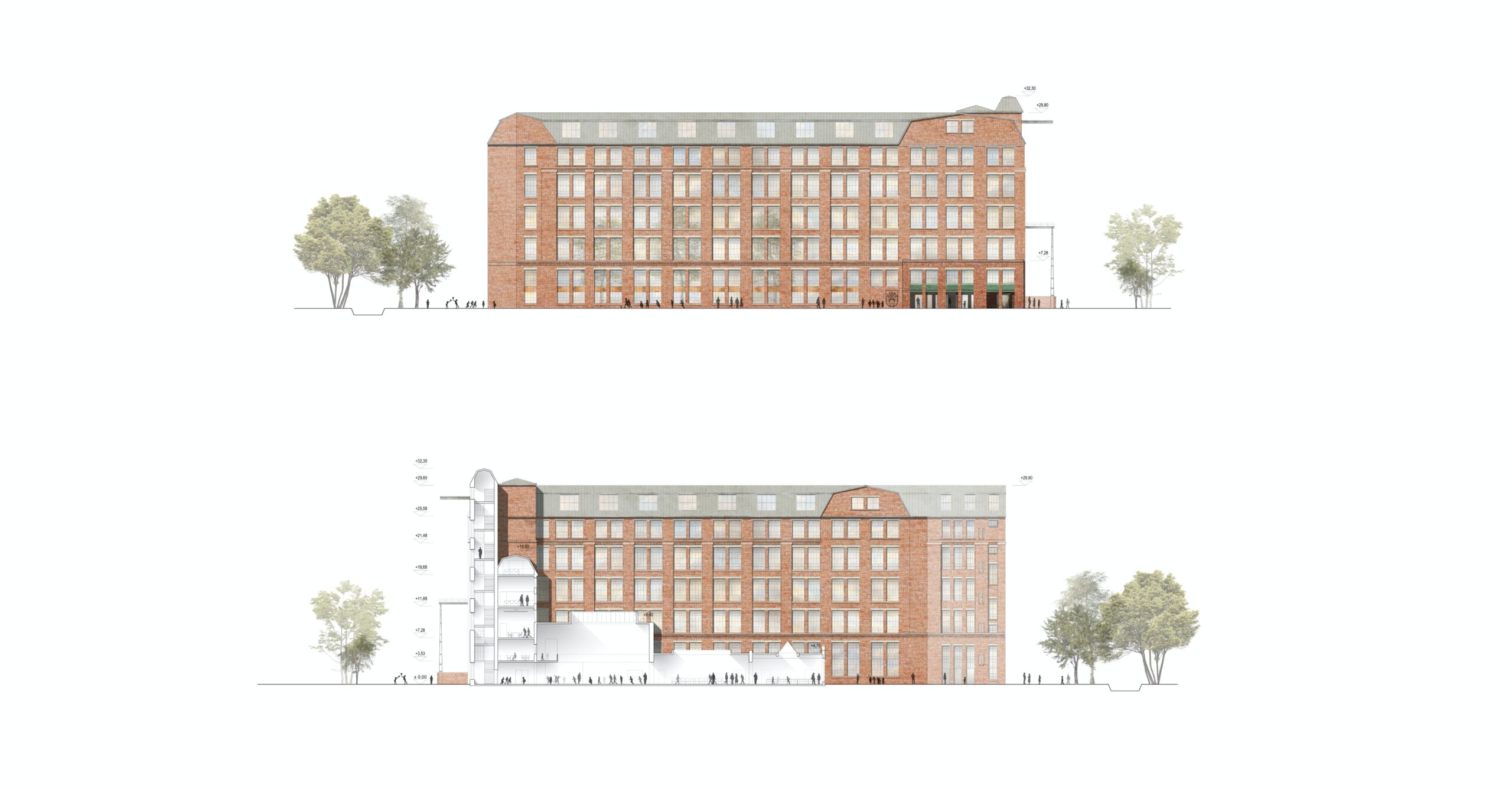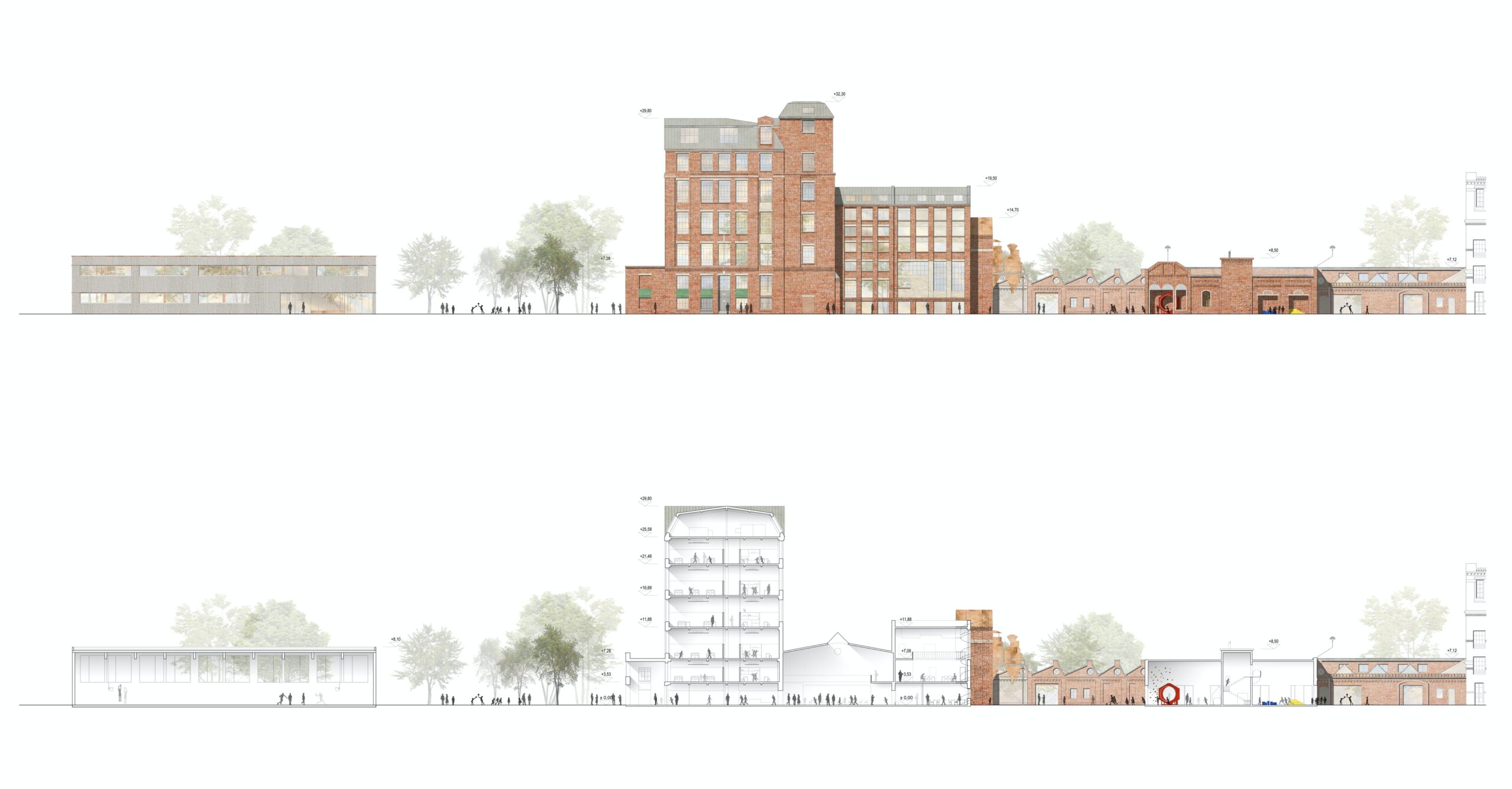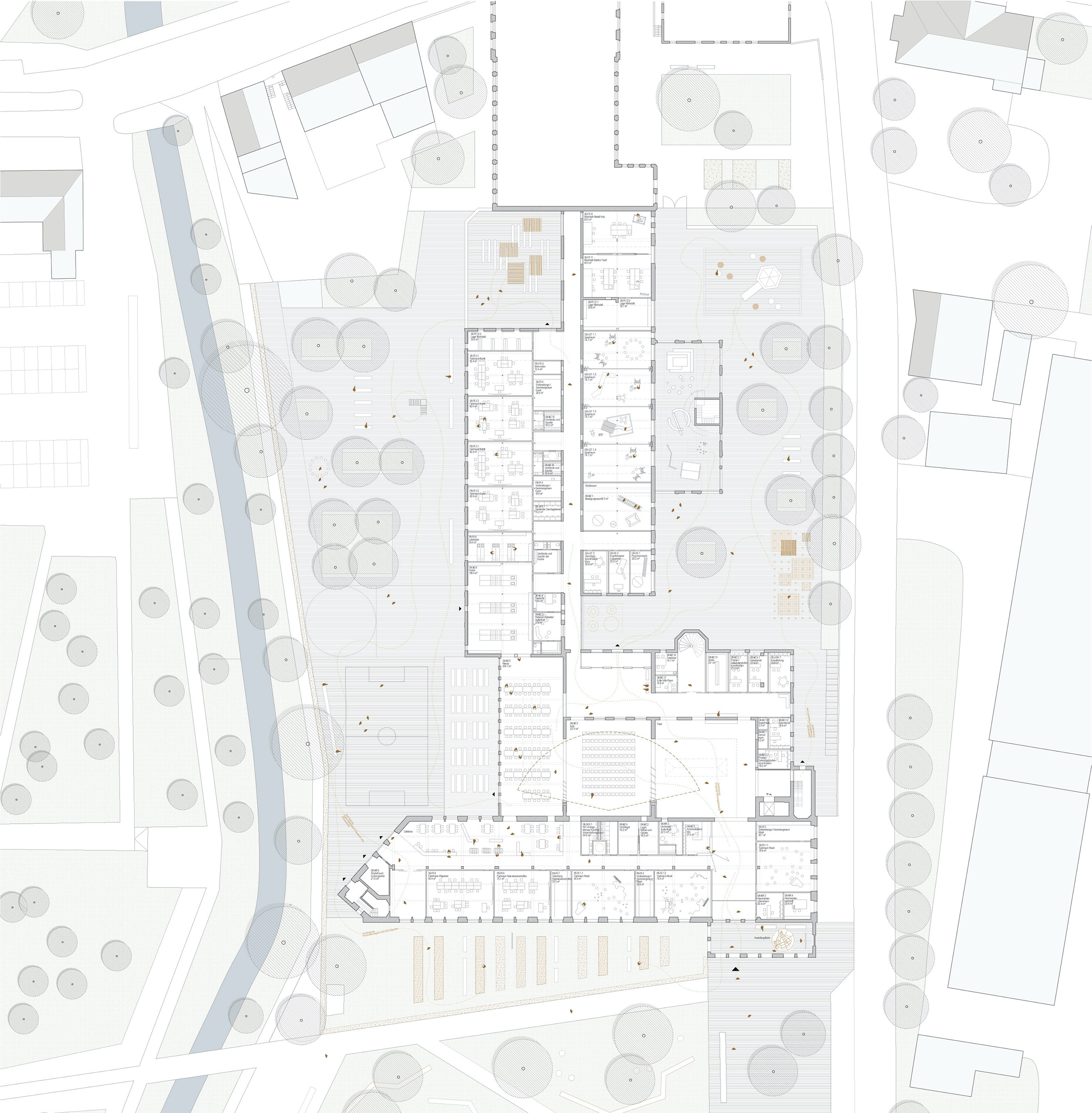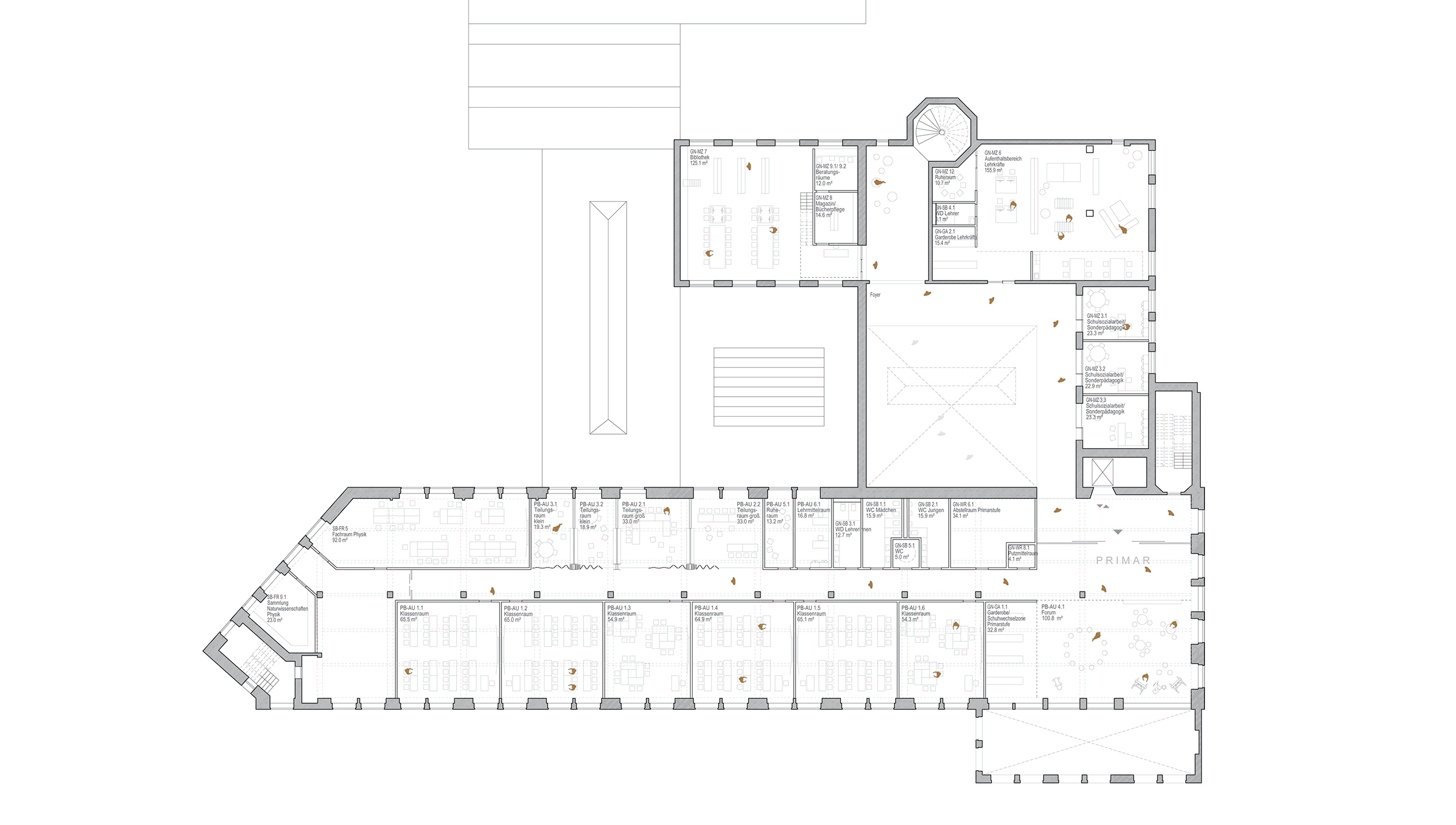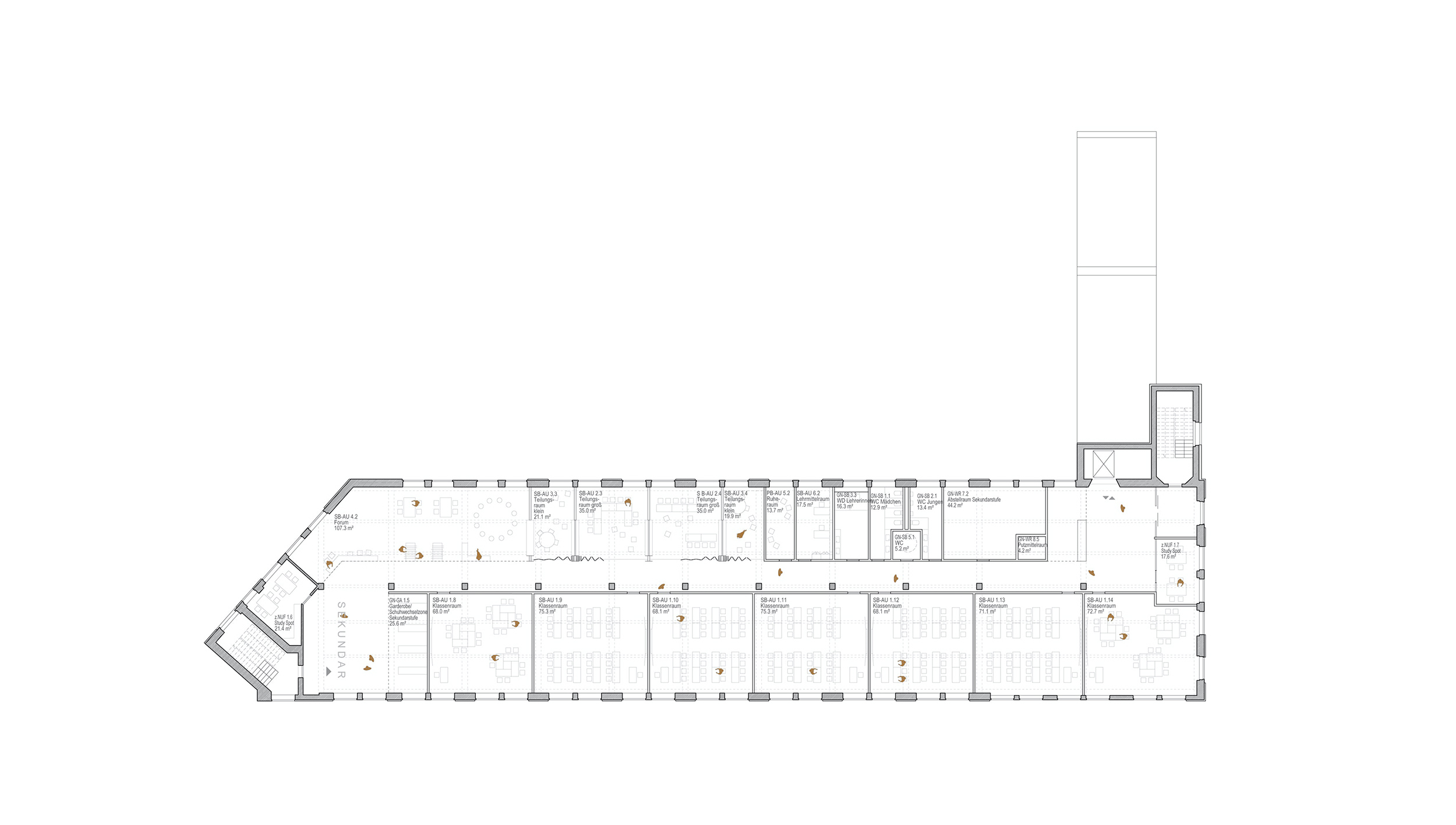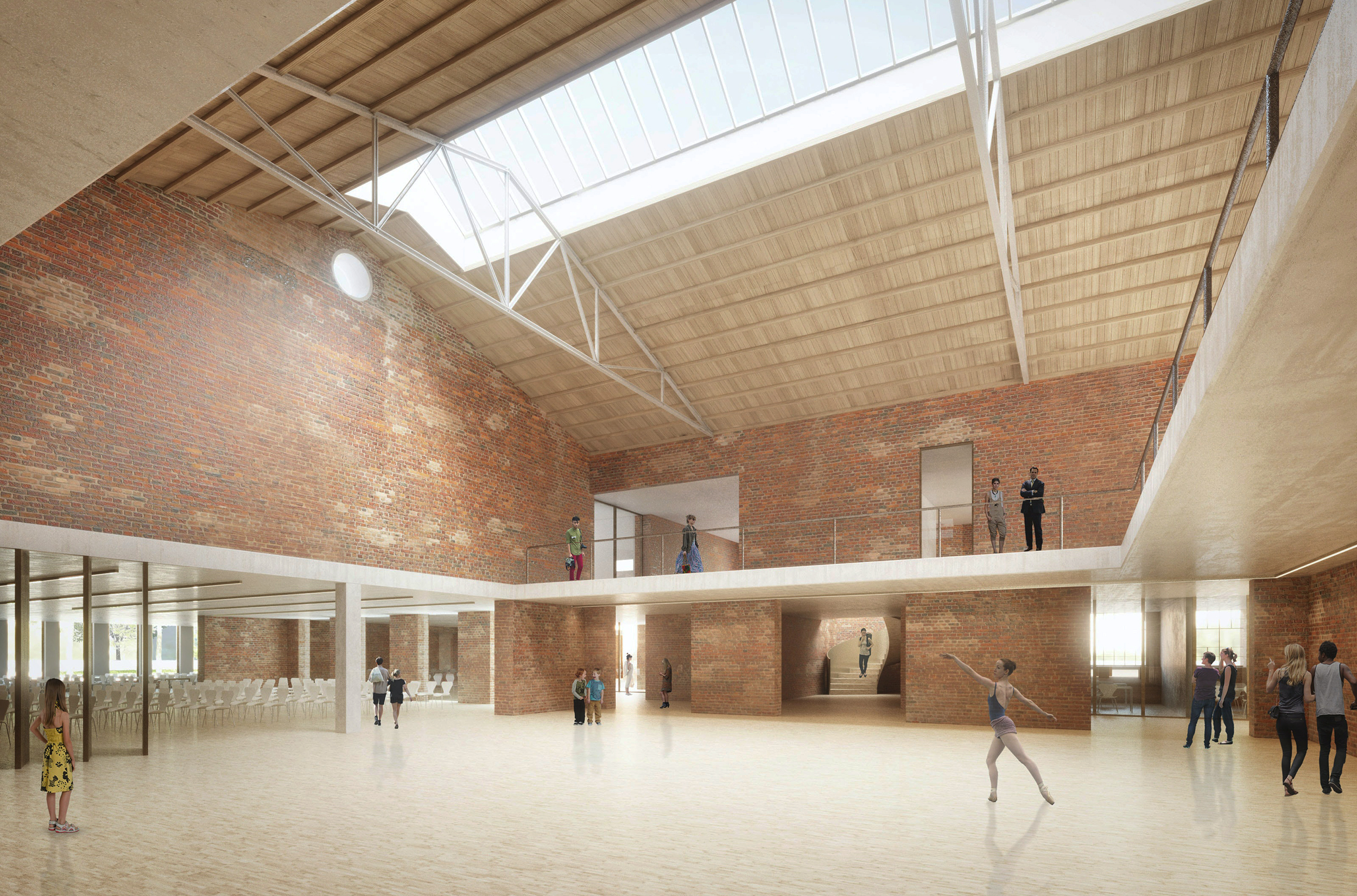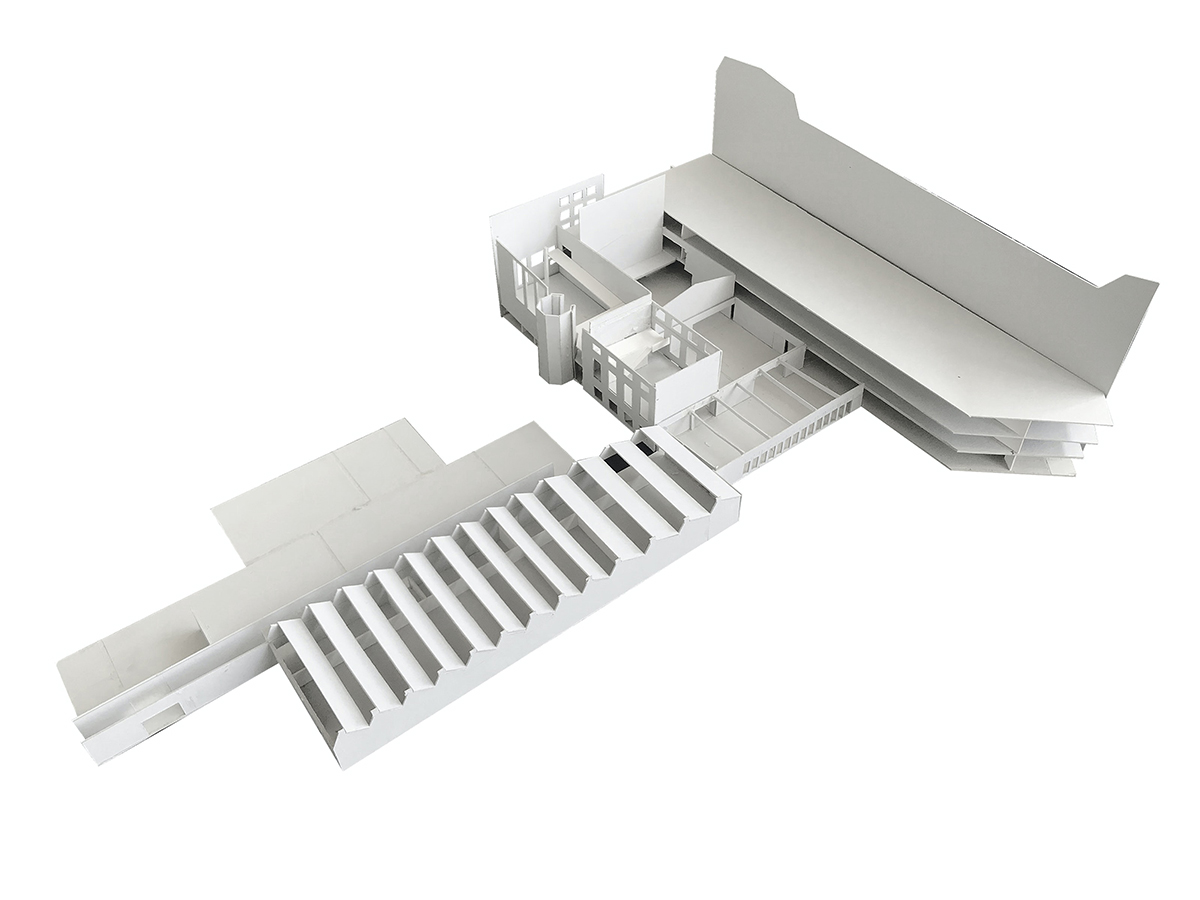To the east of the medieval town centre of Wittstock, which is enclosed by an intact town wall, lies the site of the heritage-protected former cloth factory between the Dosse, Walther-Schulz-Platz and Walkstraße, which extends far to the south and has very heterogeneous buildings, consisting of the six-storey storey factory, which is visible from afar, the adjacent boiler house, an elongated shed-roofed hall, a representative multi-storey extension and the factory owner’s mansion. The site, which has been vacant for decades, is to be revitalised by bringing together all the city’s educational institutions. With the future building blocks school centre with triple sports hall and outdoor sports areas, business incubator and adult education centre, a dynamic location for sustainable development of the city of Wittstock will be created, taking into account the valuable building fabric.
The main entrance to the new education centre in the former cloth factory is located on the south side of the production building, where a green forecourt will be created opposite the new triple sports hall. This is where the pedestrian flows coming from the old town meet the pupils, teachers and visitors arriving via Walkstraße to the east. The significant south façade of the former production building marks the entrance to the new education centre, visible from afar.
The porch at the southeast corner of the production building becomes a two-storey weather-protected entrance arcade by removing the intermediate ceiling. The existing floor-to-ceiling openings lead into the building without having to change existing windows in the area of the south façade. The partially two-storey foyer leads to the shed-roofed halls in a sequence of diagonally consecutive room units. While the production building is dedicated to classrooms, the boiler house is home to the main common rooms. Subject rooms and all-day functions are arranged under the sheds.
The characteristics of all relevant structural and spatial elements of the individual parts of the building are preserved and used to explain the history of the building; the traces of structural use and later structural changes are visibly preserved in the design.
- The design proposal was awarded 3rd place.
